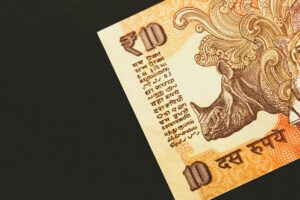The Role of Candlestick Patterns in Forex Price Action Trading
In the world of forex trading, price action is a key concept that helps traders make informed decisions. Price action refers to the movement of a security’s price over time, and it is often analyzed using candlestick patterns. Candlestick patterns are graphical representations of price action and can provide valuable insights into market trends and potential trading opportunities. In this article, we will explore the role of candlestick patterns in forex price action trading.
Candlestick patterns originated in Japan in the 18th century and were used to analyze the price of rice futures. They were later introduced to the Western world by Steve Nison in his book, “Japanese Candlestick Charting Techniques.” Today, candlestick patterns are widely used by forex traders to interpret market sentiment and predict future price movements.
Candlestick patterns consist of four elements: the opening price, closing price, high price, and low price. These elements are represented by the body and wicks of the candlestick. The body represents the difference between the opening and closing prices, while the wicks represent the high and low prices during the trading period.
One of the most basic candlestick patterns is the doji. A doji occurs when the opening and closing prices are the same or very close to each other. It indicates indecision in the market and can signal a potential reversal in price direction. Traders often look for confirmation from other technical indicators or candlestick patterns before making trading decisions based on a doji.
Another important candlestick pattern is the engulfing pattern. An engulfing pattern occurs when a small candlestick is followed by a larger candlestick that completely engulfs the previous one. This pattern suggests a reversal in price direction and is often used by traders to enter or exit trades. A bullish engulfing pattern occurs at the bottom of a downtrend and signals a potential reversal to an uptrend, while a bearish engulfing pattern occurs at the top of an uptrend and signals a potential reversal to a downtrend.
The hammer and shooting star patterns are also widely used by forex traders. A hammer pattern occurs when the price opens near the high, then drops significantly during the trading period, and finally closes near the high. This pattern suggests a potential reversal to an uptrend. Conversely, a shooting star pattern occurs when the price opens near the high, then rises significantly during the trading period, and finally closes near the low. This pattern suggests a potential reversal to a downtrend.
Candlestick patterns can also be combined with other technical indicators to increase their predictive power. For example, traders often use moving averages to confirm the validity of a candlestick pattern. If a bullish engulfing pattern occurs above a rising moving average, it provides further confirmation of a potential uptrend reversal. Similarly, if a bearish engulfing pattern occurs below a falling moving average, it provides further confirmation of a potential downtrend reversal.
It is important to note that candlestick patterns are not foolproof and should be used in conjunction with other forms of analysis. They are just one tool in a trader’s toolkit and should be used in combination with technical indicators, fundamental analysis, and risk management strategies.
In conclusion, candlestick patterns play a crucial role in forex price action trading. They provide valuable insights into market trends and potential trading opportunities. By understanding and interpreting these patterns, traders can make more informed decisions and increase their chances of success in the forex market. However, it is important to remember that candlestick patterns should be used in combination with other forms of analysis and risk management strategies.






